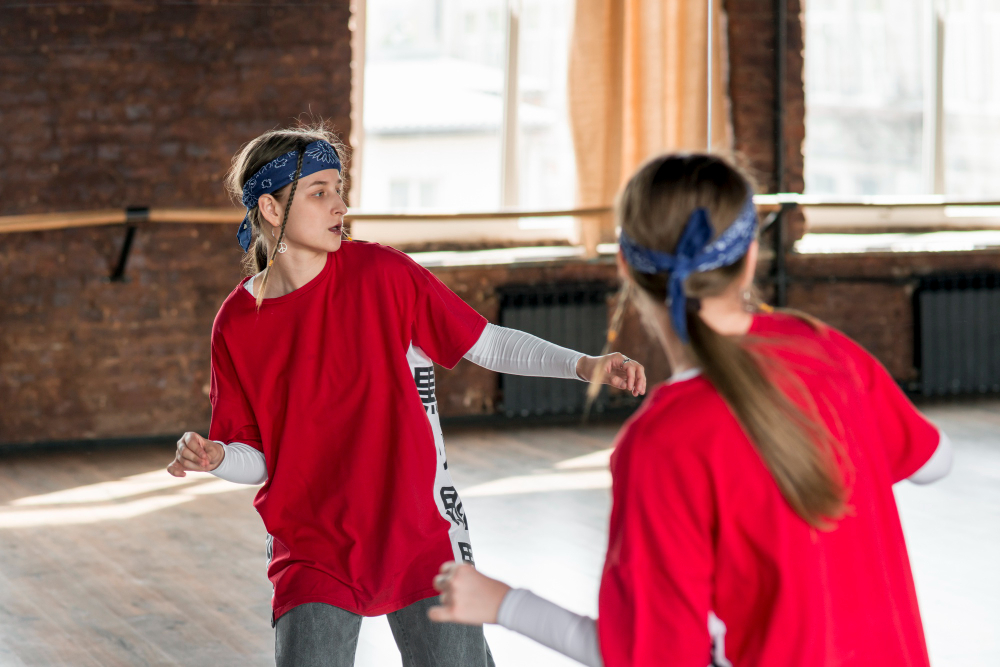
Mastering the Stage: The Role of Blocking in Theatre
As a fundamental aspect of theatre production, blocking refers to the movement and positioning of actors on stage. It is an essential component of any successful theatre production, and without it, the performance would be chaotic and difficult to follow. In this article, we will explore what blocking means, its purpose in the theatre, and why it is crucial for the success of any stage production.
What is Blocking?
Blocking is a term used in theatre that refers to the movements and positioning of actors on stage. It includes all movements, such as entrances, exits, and the placement of actors in relation to each other and to props and set pieces. In essence, it is the choreography of the stage, which helps to guide the audience’s focus and attention.
The Purpose of Blocking
The primary purpose of blocking is to enhance the dramatic effect of a performance. It helps to ensure that the actors are in the right place at the right time, and that their movements and interactions are clear and meaningful. By blocking a scene, the director can create visual interest and variety, which can be used to highlight key moments and emotions.
Blocking also plays a critical role in ensuring the safety of the actors. It helps to prevent collisions and accidents on stage, which can be a significant risk when working with large casts and complex sets. By planning and rehearsing the movements of the actors, the director can help to minimize these risks and ensure that the performance runs smoothly.
The Importance of Blocking in Theatre
Blocking is essential for the success of any stage production, regardless of its size or scope. It provides a structure for the actors to follow and helps to ensure that the audience can follow the story and understand the emotions and motivations of the characters. Without blocking, the performance would lack structure and coherence, which could lead to confusion and disengagement from the audience.
Blocking also allows the director to create visual interest and variety on stage. By varying the movement and positioning of the actors, the director can create dynamic and engaging scenes that hold the audience’s attention. This can be used to highlight key moments, create tension and conflict, or to convey complex emotions and relationships between characters.






